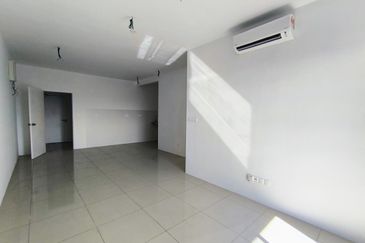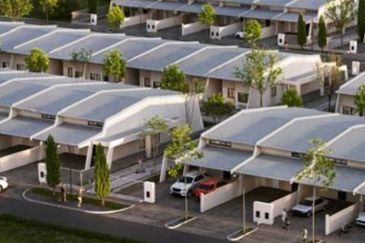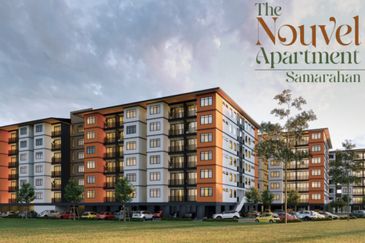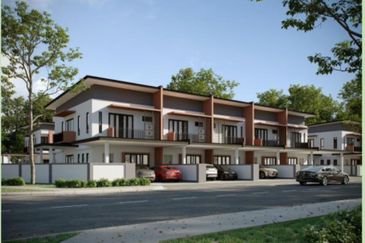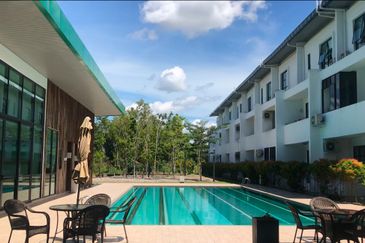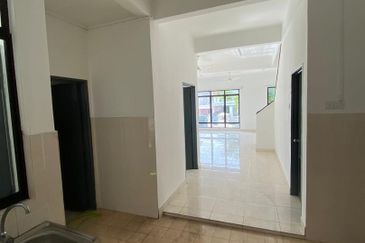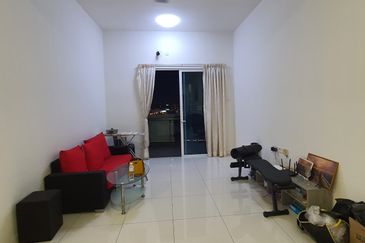
- MRT1, also known as the Kajang Line, saw the average daily passenger rate range from 10.8% to 37.4% from the start of its full operation in 2017 until 2023, falling short of projected ridership targets. For MRT2, also known as the Putrajaya Line, the report found that it had also fallen short of its ridership targets since operations began in 2022. The average daily passenger rate stood at 20,842 passengers in 2022, or 20% of the targeted 104,000.
KUALA LUMPUR (July 4): The Mass Rapid Transit Line 1 (MRT1) and MRT2 have failed to meet their targets for daily ridership. They also failed to meet the targeted numbers of trains in operation, and peak-hour frequency, according to the 2024 Auditor General's Report.
For MRT1, also known as the Kajang Line, the average daily passenger rate ranged from 10.8% to 37.4% from the start of its full operation in 2017 until 2023, falling short of projected ridership targets.
The lowest rate of 10.8% was recorded during the Covid-19 pandemic in 2021, with ridership at only 53,624 against a target of 495,000. The highest rate, 37.4%, was achieved in 2019, with 175,213 passengers against a target of 469,000.
The number of trains operating for MRT1 during this period also failed to meet their targets (44 trains for 2019; 48 trains for 2020-2023), with only 32 to 42 trains in operation. This shortfall resulted in peak-time train service frequencies not meeting the target of four to five minutes from 2018 to 2023. Only in 2017 did peak-time train services meet the target, achieving a frequency of every three minutes.
"As of December 2023, out of 58 trains for MRT1, 36 trains were operational, 19 were awaiting wheel replacement, two were undergoing wheel replacement, and one was out of service due to damage," the report said.
For MRT2, also known as the Putrajaya Line, the report found that it had also fallen short of its ridership targets since operations began in 2022. The average daily passenger rate stood at 20,842 passengers in 2022, or 20% of the targeted 104,000. In 2023, ridership reached 89,409 passengers, or 45.6% of the targeted 196,000.

The number of trains operating for MRT2 was 14 in 2022 and 37 in 2023, missing out on the target of 45 trains. The frequency of peak-time train services met the target of four minutes in 2022, but only achieved five minutes in 2023.
Out of MRT2's 49 trains, 42 were operating normally, two operated only during peak hours due to a smoke detector failure, four were out of service due to vibration and cable issues, and one was unusable due to damage.
In response to these findings, MRT Corp attributed the failure to meet the set targets to moderate train usage after the pandemic, and issues with the train and wheel profile interfaces.
It said it remained optimistic that factors such as targeted fuel subsidies, the introduction of congestion charges, and the rise in parking fees in the capital city could help improve ridership for MRT1 and MRT2.
Financial status
The Auditor General's Report also flagged that MRT Corp's financial position remained unstable due to reliance on government funding for the construction of rail infrastructure.
Loss before tax showed a downward trend, decreasing from RM3.67 billion in 2021 to RM857 million in 2022 and RM181.5 million in 2023. However, the losses incurred in 2023 raised accumulated losses to RM57.624 billion, up RM85.4 million compared to 2022.
"These accumulated losses were financed by the government's contribution to the cost of building rail assets," MRT Corp said, adding that it had received over RM59.2 billion in government funding as of 2023.
Looking to buy a home? Sign up for EdgeProp START and get exclusive rewards and vouchers for ANY home purchase in Malaysia (primary or subsale)!
TOP PICKS BY EDGEPROP
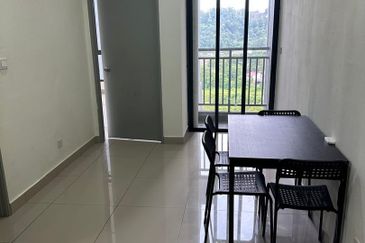
Ayuman Suites Serviced Residence
Gombak, Selangor
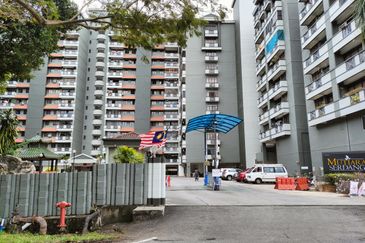
Turf View Apartment (Mutiara Serdang)
Seri Kembangan, Selangor

Setia Indah
Setia Alam/Alam Nusantara, Selangor


